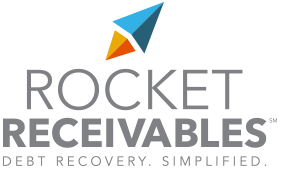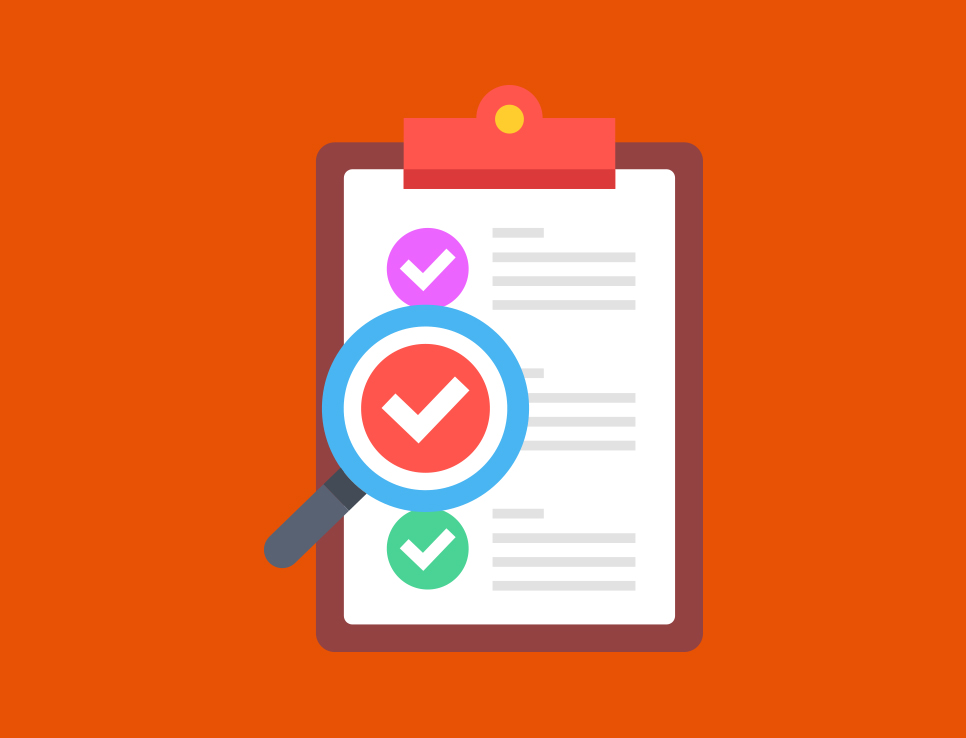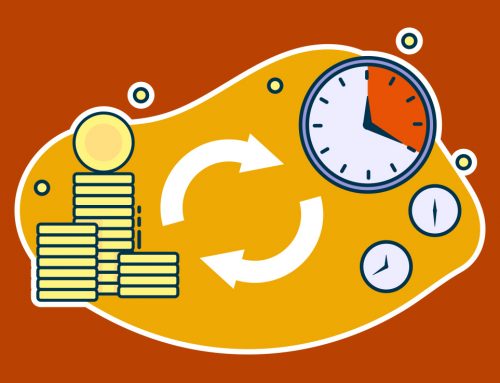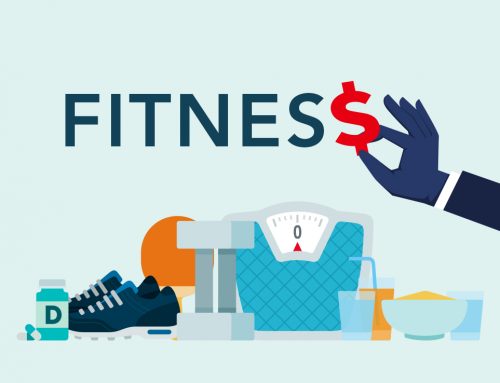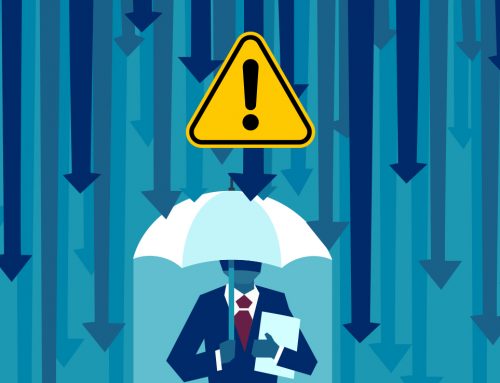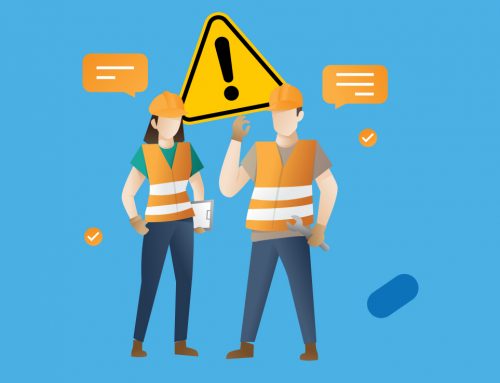In the first quarter of 2019, U.S. household consumer debt reached $13.67 trillion, up 0.9% from the fourth quarter of 2018. This is not exactly surprising, because during times of economic growth, household debt tends to increase. That’s partly because banks are likelier to lend money to consumers when the economy is in a growth phase.
If you operate a small or medium enterprise, understanding trends in consumer debt can help you plan more effectively for potential debt collection. A recent Fabric study, based on data from the Federal Reserve Bank of New York and U.S. Census Bureau data, clarified many of the elements of the current household consumer debt picture. Here’s what business owners need to know.
Good News: Overall Delinquencies Down
Of overall household debt in the first quarter of 2019, 4.6% of accounts were at least 30 days delinquent, and this is a low number. Ten years ago, when the Great Recession was at its peak, 11.8% of total loan balances were at least 30 days late.
Types of Consumer Debt Most Prone to Delinquency
Broken down by type of debt, loan balance percentages in serious delinquency (those that are more than 90 days overdue) in early 2019 were:
- Student loans – 11.4%
- Credit cards – 7.8%
- Auto loans (truck loans, car loans, etc) – 4.5%
- Mortgages – 1.1%
Although mortgage delinquencies have dropped steadily over the past ten years, student loan, credit card, and auto loan delinquencies have actually increased from 2018 to 2019. These increases in loan delinquencies, combined with a growing economy, could indicate that lenders are permitting consumers to borrow more money than they should.
Younger Households and Consumer Debt Delinquency
Households headed by young adults, ages 18 to 29, are more likely to fall behind on auto loan and credit card payments. With the exception of the oldest households (ages 70+), credit card and auto loan delinquency drop with every age group over 29.
As for overall serious delinquency, again the youngest households have the highest rates of late payments, with each successively older age group having progressively lower rates of serious delinquency.
Regional Trends in Consumer Debt Delinquency
Where people live seems to have an effect on the likelihood of their experiencing debt collection problems. There’s no single region of the U.S. that dominates high debt delinquency rates. The five states with the highest levels of household consumer debt and difficulty paying it back are:
- Mississippi
- New Mexico
- Louisiana
- Florida
- Nevada
Owners of businesses in these high-debt states may choose to monitor consumer debt trends and be prepared to modify their standards for extending credit if necessary to reduce the need for debt collection later on.
Fortunately, many debt collection issues happen because a consumer forgets to make a payment, and these situations can be remedied quickly. Small and medium enterprises that have clear credit policies for customers and clients, and that are ready and willing to act quickly when someone falls behind are the ones that will have the fewest problems with debt collection.
Rocket Receivables offers a simple two-stage debt collection service that is specially designed for small to medium enterprises. With industry-leading compliance, outstanding collection rates, and easy 24/7 online account access, Rocket Receivables helps businesses collect the money they’re owed before collection problems become unmanageable. Rocket Receivables invites you to click here to buy now.
